What can I plant NOW? I'm a black thumb... gave up last year, try
osucowboys405
11 years ago
Related Stories
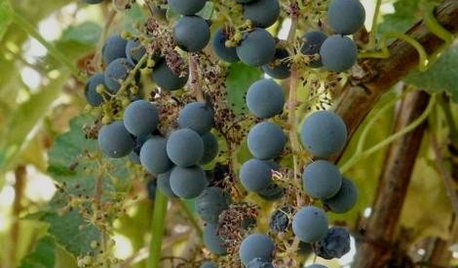
GARDENING GUIDESGreat Design Plant: Try California Wild Grape for Interest All Year
Sure, it’s stunning in fall. But the spring buds, summer grapes and gnarled winter vines are gorgeous too
Full Story
KITCHEN DESIGNTrending Now: 25 Kitchen Photos Houzzers Can’t Get Enough Of
Use the kitchens that have been added to the most ideabooks in the last few months to inspire your dream project
Full Story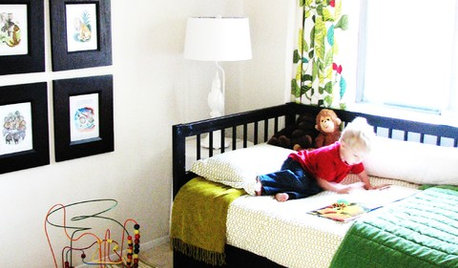
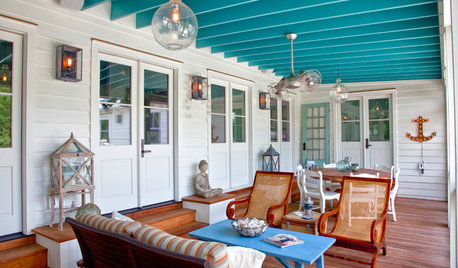
COLOR9 Fun Ceiling Colors to Try Right Now
Go bold overhead for a touch of intimacy or a punch of energy
Full Story
GARDENING GUIDES15 Ideas to Try in Your Garden This Year
These gardening stories were tops among Houzz readers. Which ideas might you try this year?
Full Story
LIFEThe Polite House: How Can I Tell a Construction Crew to Pipe Down?
If workers around your home are doing things that bother you, there’s a diplomatic way to approach them
Full Story
WINTER GARDENING6 Reasons I’m Not Looking Forward to Spring
Not kicking up your heels anticipating rushes of spring color and garden catalogs? You’re not alone
Full Story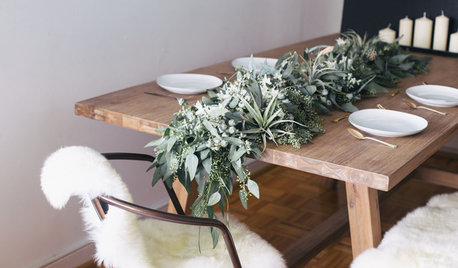
DIY PROJECTSDIY: Freshen Up for the New Year With a Eucalyptus Table Garland
Eucalyptus leaves, white blossoms and air plants combine in a gorgeous, long-lasting arrangement for your table or buffet
Full Story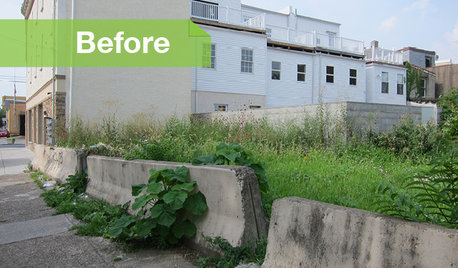
URBAN GARDENSGarbage to Garden: A Vacant Philly Lot Gets Some Green-Thumb Love
Transformed by an artist, this once-derelict urban property is now a tranquil garden with living walls
Full StorySponsored
More Discussions







Okiedawn OK Zone 7
Lisa_H OK
Related Professionals
South Orange Landscape Architects & Landscape Designers · Winder Landscape Architects & Landscape Designers · Matthews Landscape Contractors · Coeur d'Alene Landscape Contractors · Hannibal Landscape Contractors · Hayden Landscape Contractors · Lemay Landscape Contractors · Matteson Landscape Contractors · Sun Valley Landscape Contractors · Bowie Decks, Patios & Outdoor Enclosures · Issaquah Decks, Patios & Outdoor Enclosures · Methuen Decks, Patios & Outdoor Enclosures · Reading Decks, Patios & Outdoor Enclosures · Westminster Decks, Patios & Outdoor Enclosures · Wilmington Decks, Patios & Outdoor EnclosuresLisa_H OK